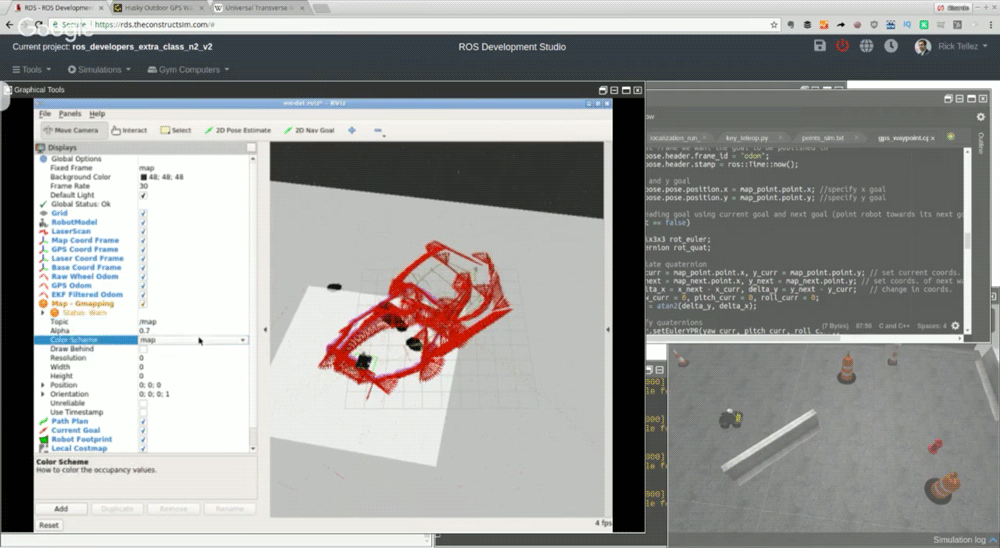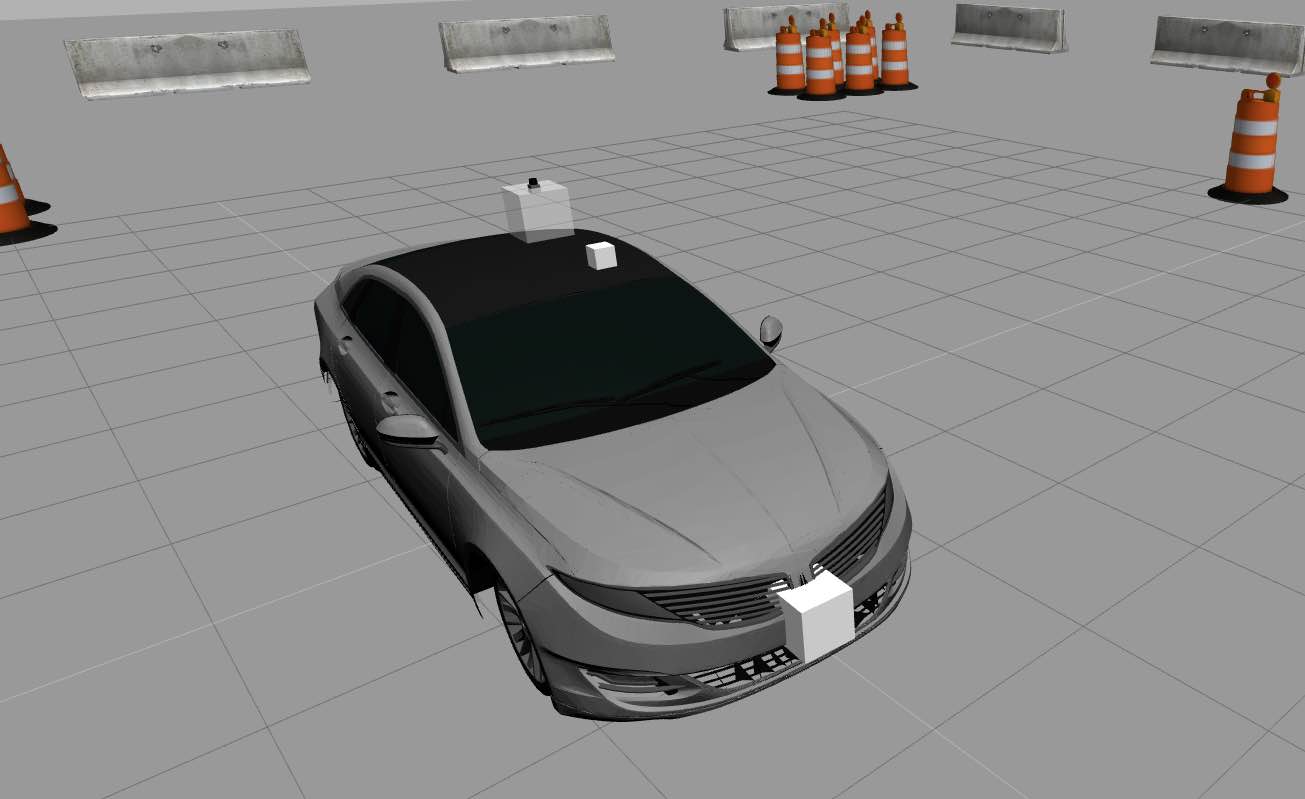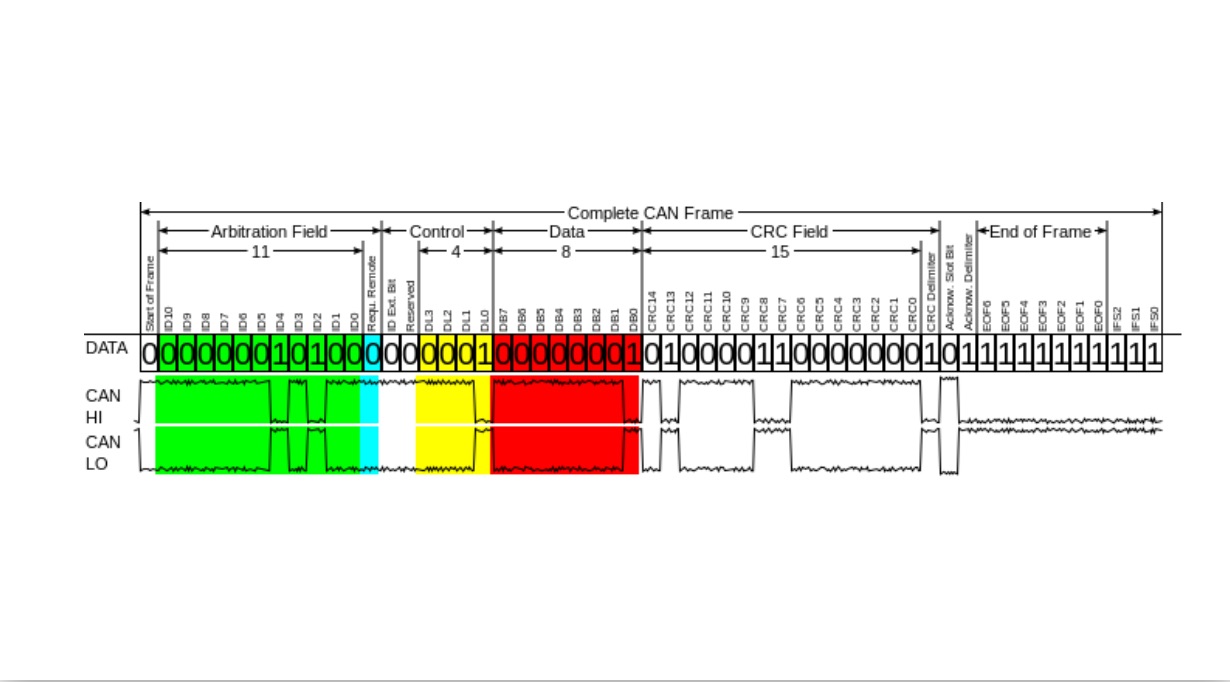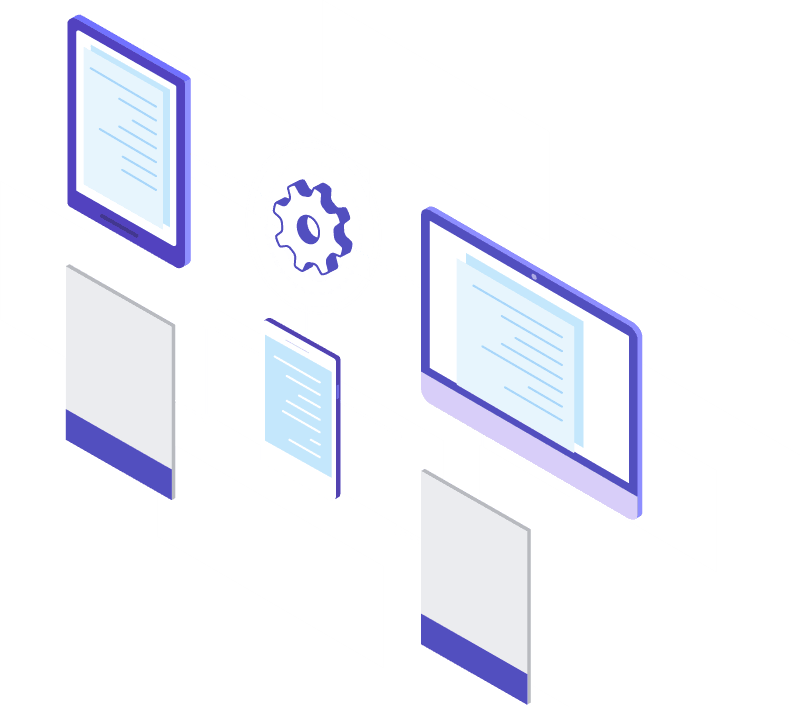Course
ROS Autonomous Vehicles 101 Python
Introduction to Autonomous Vehicles in the ROS Ecosystem
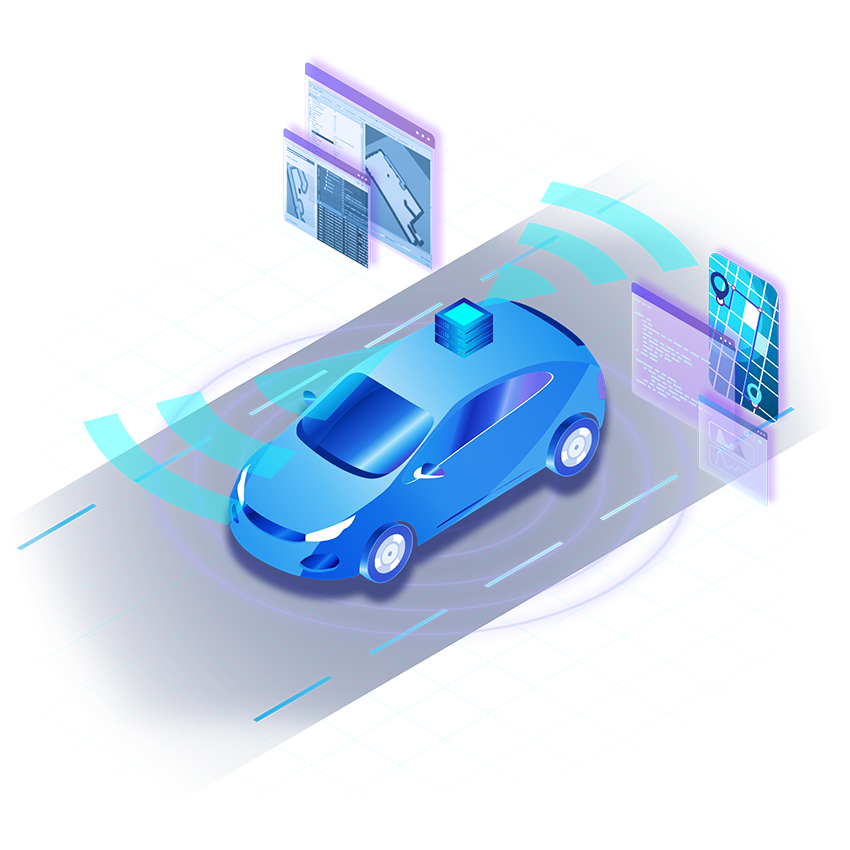
Course Overview
Description
The goal of this course is to show you the basic knowledge that you need to master in order to program Autonomous Cars for a Level 3 of autonomy. This means that it is expected that all tasks should be performed autonomously, but at the same time, it is expected that a human driver will intervene whenever necessary. This level of autonomy is called conditional automation.
We would like to explain some more advanced subjects to you, like obstacles and traffic signal identification based on deep learning. Those subjects are required for a full Level 4 of autonomy (there is no need for a driver, everything will be handled by an automated system). There is no need for human driver intervention at this level, which is called High Automation. This kind of autonomous system will work in a particular area under specified weather conditions. But you will have learn these topics in a more advanced course.
Learning Objectives
In this course, you are going to learn the essentials for doing autonomous cars control using ROS.
You are going to learn:
- What are the sensors required for an autonomous car and how to access them using ROS
- How to do autonomous navigation using a GPS
- How to create an obstacle avoider for an autonomous car
- How to interface ROS with a car that follows the DBW interface
Simulation robots used in this course
Simulated DBW MKZ – Autonomous Vehicle
What projects will you be doing?
Learn the Most Essential Sensors
The sensors you’ll learn for autonomous vehicle control are Laser, Camera, and GPS.
Practice Moving the Car with GPS Data
Have exercises that will help you to get used to the movement of the car and navigating with GPS.
Detect Obstacles & Security
Learn to implement an obstacle detection system using the laser data, and also what the DeadMansSwitch system is in cars.
Use of a bus standard named CAN
Using CAN-Bus messages instead of topics to move the car and retrieve the GPS data.
What you will learn
Course Syllabus
Unit 1: Introduction
- Introduction
- Sensors
- Autonomous navigation
- The DBW interface for autonomous cars and CAN-Bus
10 mins.
Unit 2: Sensors
- Basic Sensors List
20 mins.
Unit 3: GPS Navigation
- Introduction
- Creating a GPS Subscriber
- Move To WayPoint GPS ACTION Server
- Move To WayPoint GPS ACTION Client
1 hr. 10 mins.
Unit 4: Obstacles and Security
- Control the Car movement Data Flow
- System Failure Mesures and DeadMansSwitch
- Obstacle Detection
2 hrs.
Unit 5: CAN-Bus
- How Can-Bus messages look like
- How we use CAN-Bus in the simulation
- Exercises
1 hr. 50 mins.
Unit 6: Microproject
- Instructions and the Project itself
8 hrs.
Unit 7: Final recommentations
5 mins.
Ready to get started?
Start learning ROS & Robotics online quickly and easily
What’s next
People interested in this course also viewed
Course
ROS for Industrial Robots 101
Learning Path
Robot Manipulation
Top universities choose The Construct for Campus to teach ROS & Robotics.

![rviz_sensors_laser [ROS Q&A] 168 - What are the differences between global and local costmap](https://www.theconstruct.ai/wp-content/uploads/2020/07/rviz_sensors_laser.png)
